12 People Who Were Right to Trust Their Gut Feeling

Once a famous giant, the largest ship of that time — now two grand pieces lying on the ocean bottom about 2,000 feet apart, torn by the catastrophic collision and time itself. The stern of the Titanic got completely ruined after hitting the ocean floor, but you can still recognize the bow since many interiors were left preserved.
There’s a specific type of bacteria found on the ship’s rusticles. A rusticle is this brownish formation of rust. It occurs deep underwater when the wrought iron the ship is made of oxidizes.
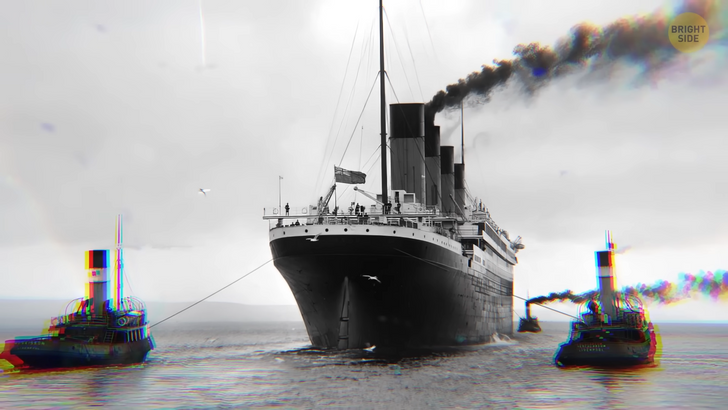
It means the bacteria eat the iron of the Titanic’s hull piece by piece. And it seems they might finish their snack by 2030 — way sooner than when anyone would expect the wreck to be gone forever.
You may think it would probably be easier to take the wreck out of the water so that we got to keep it. But it would fall apart if anyone tried to do that. It’s been in the water for more than 110 years now and is now so rusty that no one would be able to reconstruct some parts even if we managed to get the ship out of the ocean depths.
What do you think, could any of about 700 people that had survived the sinking of the Titanic hear it hit the ocean bottom? The largest ship that had ever been made till then disappeared literally before their eyes, after all.
But sound most likely wouldn’t have traveled from water to air. We can’t hear that well in water because our bodies are not designed to hear in such environments. And although passengers were close to the sinking site, the Titanic still hit the bottom a long distance away — 12,500 feet.
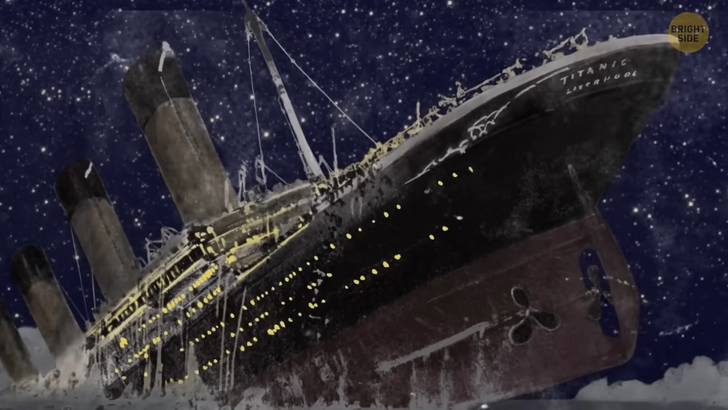
There are so many underwater landslides and earthquakes we cannot hear — and they make way more noise than a single ship slamming into the ocean floor. Most vibrations and sounds must have dispersed over a large area. Also, the down blast of water, which many believe hit the Titanic after it had touched the bottom of the ocean, would have pushed back the majority of the potential acoustic vibrations. Plus, the bottom of the ocean is not rock hard to produce such loud noises.
Many survivors said they had heard terrifying noises as the Titanic was breaking apart, but none mentioned hearing anything after the ship disappeared below the surface of the water.
Some survivors shared how chaotic it was when passengers, mainly women and children, were getting into lifeboats. There weren’t enough boats, and still, some of them weren’t even filled to their full capacity. No one knew how to react properly in such a situation. The lifeboat drill had been scheduled for the morning before the Titanic hit the iceberg. But for some reason, it got canceled.
A giant ocean liner everyone believes is unsinkable takes a trip across the ocean. On its way, it strikes an iceberg and sinks — yeah, we all know how the story goes. But what’s scary is that it is also the plot of “The Wreck of the Titan,” a novel published in 1898, 14 years before the Titanic went to the ocean bottom or was even constructed.
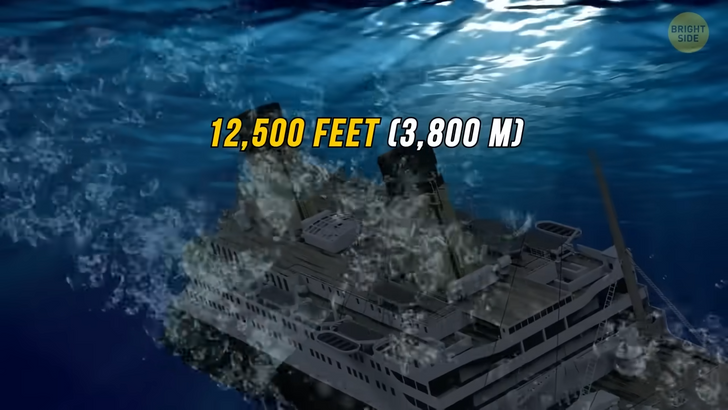
In the novel, the Titan — what a scarily accurate name, too — didn’t have enough life jackets, vests, and lifeboats for all the passengers on board. It was also the largest ship of that time, almost identical in size to the Titanic. And both the Titan and Titanic sank in April.
Dorothy Gibson was an American silent film actress. She was also one of the Titanic passengers. She survived the catastrophe. Right after she came to New York, she started filming “Saved From the Titanic.” The film was released only one month after the ship sank. Dorothy was even wearing the same shoes and clothes she had worn when she had actually been on the ship. The movie was successful, but it got destroyed in a fire, so it only exists in memories — like Jack Dawson.
Titanic wasn’t all alone in the restless waves of the cold ocean near the iceberg it struck. The SS Californian was relatively close. Their radio was shut off for that night, though. At one moment, the crew members noticed mysterious lights in the sky. They immediately went to wake their captain up to tell him. But he issued no orders.
Some believed it was just fireworks. They never realized it was actually a call for help — the flares crew members of the Titanic sent off to the sky, hoping someone would notice. By the time the SS Californian got the SOS messages, it was already too late.
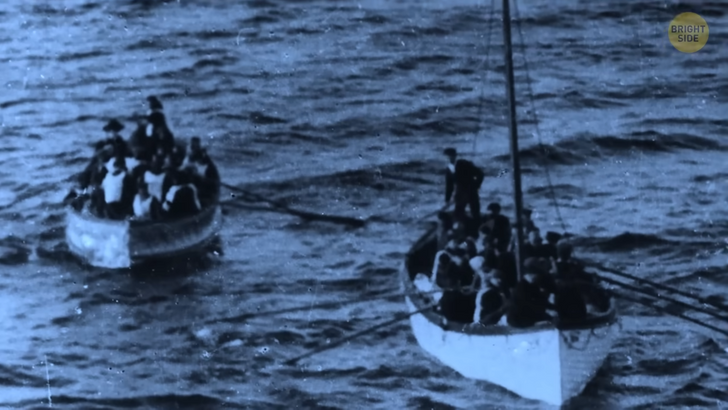
Some say a full moon may have been the reason the iceberg crossed paths with the gigantic ship. A full moon may have caused incredibly strong tides that eventually sent multiple icebergs southward — right when the Titanic was crossing that area.
Would you dare to taste cheese from the Titanic? The wreck has been under the ocean surface for more than 100 years now. It took more than 70 years to find it. By that time, most of the food that had gone down together with the ship had, of course, spoiled.
But it’s possible there’s still some of it left. Some foods are protected from decay, for example, cheese. The microbes that turn milk into cheese create special conditions to protect the product from spoiling. Multiple things have survived the Titanic. A handwritten letter where a mother and a daughter wrote to the girl’s grandma about the amazing journey they were on together. The letter has been around for more than 100 years and got sold at an auction.
A battered pair of white cotton gloves was found in the wreck. Musicians on the Titanic played till the very last moment. Sheet music and one old violin were found among the wreckage. The bell one of the crew members rang three times to warn there was a very close iceberg on their way. A pocket watch that stopped at 1:45 a.m., the time when the ship went under the water.
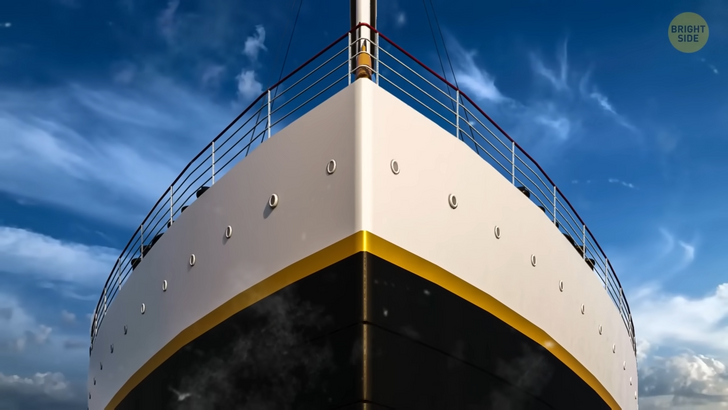
Perhaps, one person could have changed what happened on the Titanic. David Blair was a pretty lucky man. He was supposed to take the spot of the second officer of the Titanic. He was pulled out at the last moment — which eventually saved his life. It was a great thing for him, but something clouded his joy. What if he was the only person who could have done something to save the ship and the passengers?
Back in the day, ships didn’t have smart advanced technology like they do today. They couldn’t see a threat on the horizon. Binoculars were pretty helpful, but the crew members on the Titanic didn’t have access to the room where they were kept. David Blair was the man responsible for the keys. He left the ship in a hurry and forgot to hand over the keys that were in his pocket. Maybe if the crew members had had access to the binoculars, they would have seen the iceberg on time and had enough time to change course.
It’s possible that the giant iceberg that sent the Titanic to the ocean bottom was made of snow that had fallen in southwest Greenland. Scientists even used a computer model to calculate the paths the iceberg took in any given year, taking into consideration ocean currents and weather readings for that year. It’s possible that the iceberg was 1,700 feet long, with a weight of around 75 tons. By the time it collided with the Titanic, it had dwindled to only 1.5 tons.
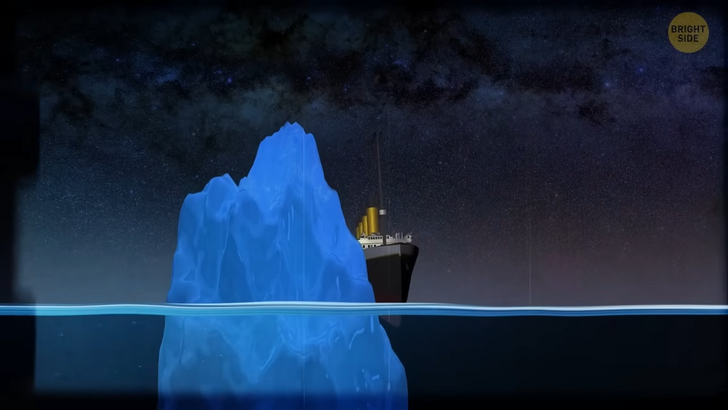
Violet Constance Jessop was, as many called her, “Miss Unsinkable.” She was only 24 years old when she joined the Titanic crew as a stewardess. On the tragic night when the ship struck the iceberg, she was lying in bed. As soon as she heard that something was going on, she got dressed and quickly went to the deck. Violet helped passengers get into lifeboats.
4 years later [1916], she was on the Britannic, the Titanic’s sister ship. Once again, the ship started sinking. Not only did the woman survive another accident, but she was also once again the one helping other people to escape the vessel before it disappeared below the surface.











